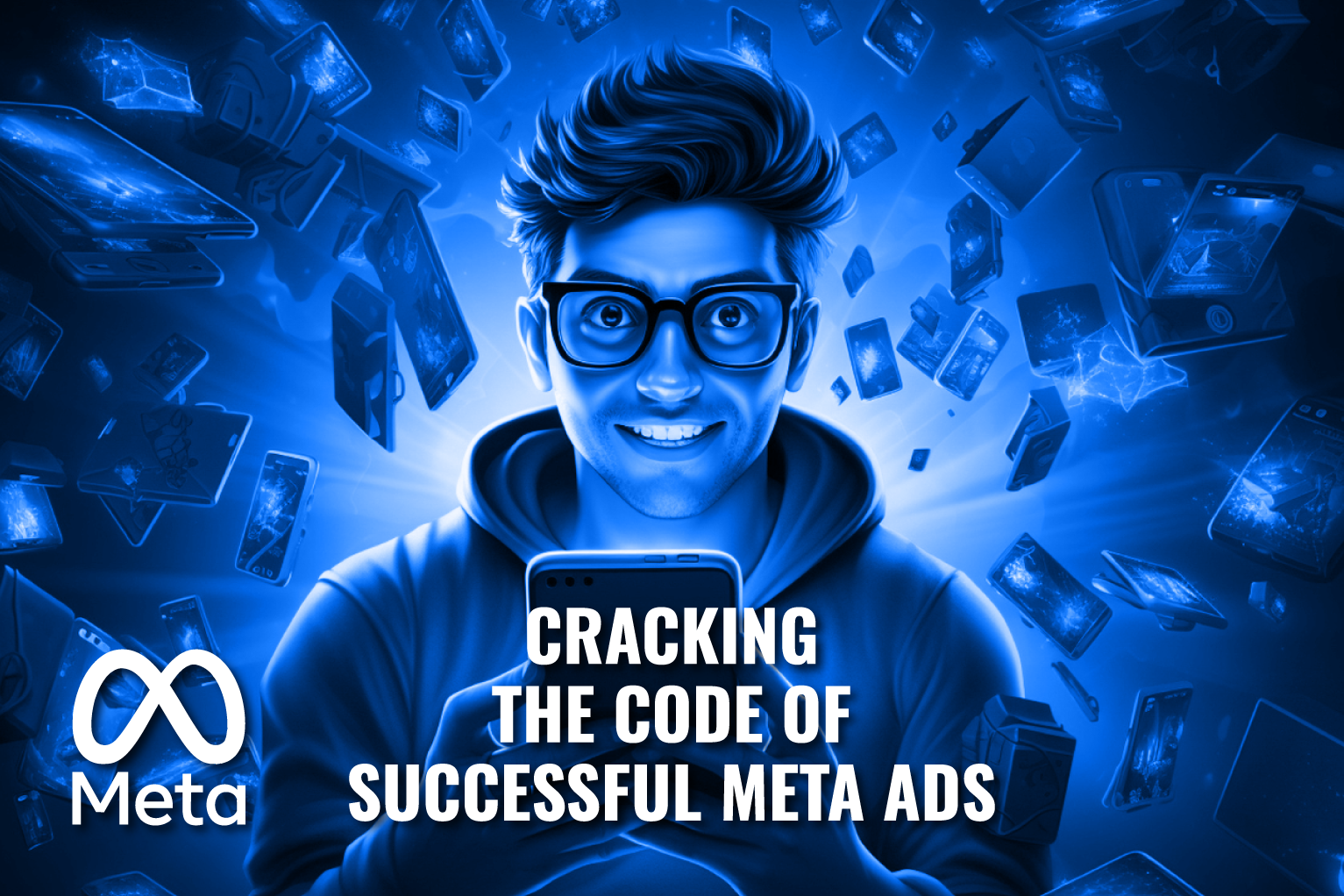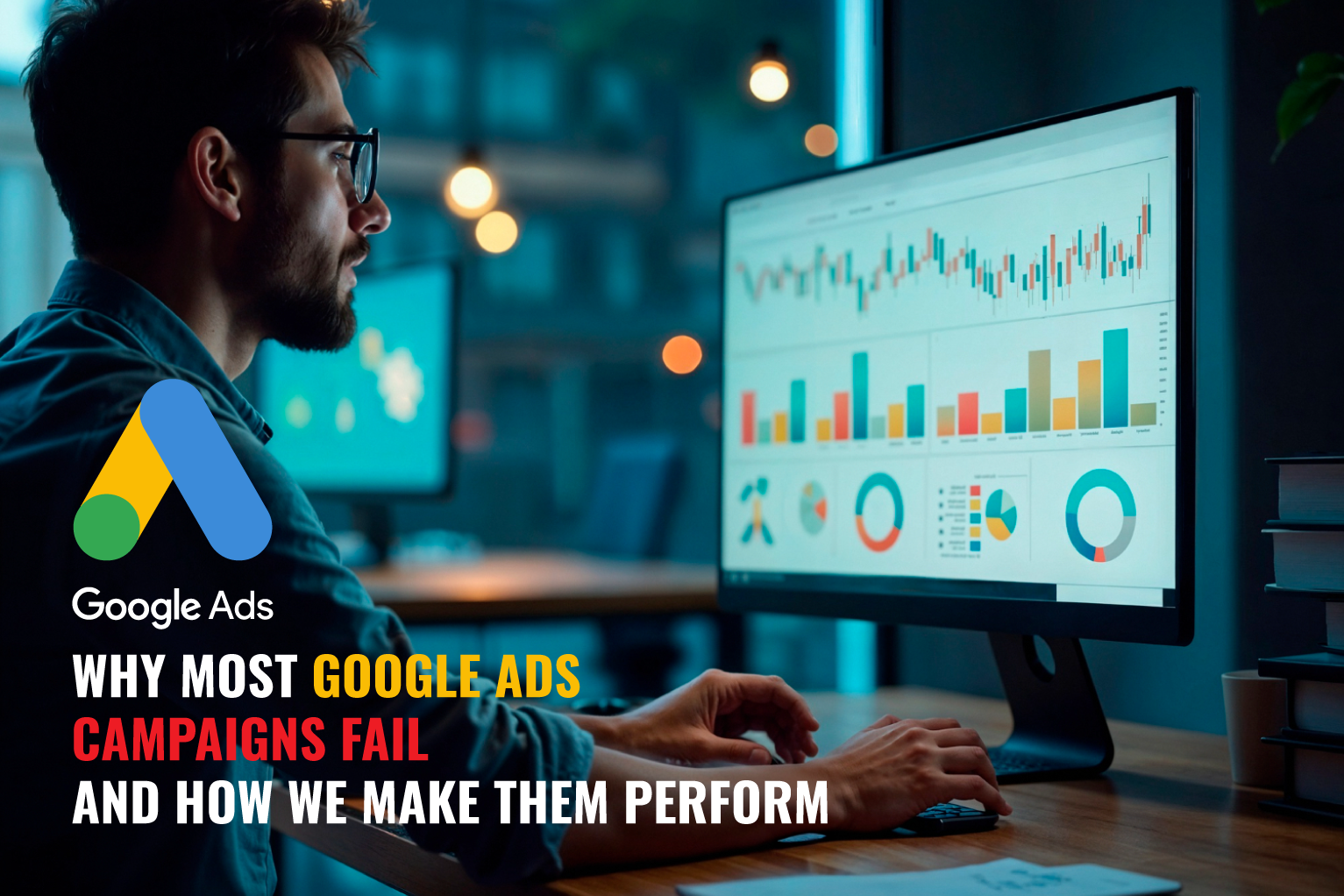Are your Meta Ads not getting the clicks, leads, or sales you want? You’re not alone. With over 2.9 billion users on Facebook and 2 billion on Instagram, Meta Ads (formerly Facebook Ads) are a top channel for social media marketing yet many advertisers find it hard to turn impressions into real results. In this post, you’ll learn simple, proven steps to run strong Facebook Ads and Instagram advertising campaigns that really work. Let’s dive into the secrets of Meta Ads success, from very targeted audiences to attention-grabbing creative.
Table of Contents
- Introduction
- Why Meta Ads Still Rule
- Very Targeted Audience
- Attention-Grabbing Creative & Cop
- Continuous Testing & Optimization
- Using Meta Features
- Measuring What Matters
- Putting It All Together: A Simple Example
- Final Thoughts: Make Your Next Meta Ads Campaign Your Best Yet
Introduction
Think back to the last time you scrolled through Facebook or Instagram. You probably saw at least one ad that felt so spot-on it barely seemed like an ad. That’s the power of data. When done right, Meta Ads let you:
- Reach the exact people you want (demographics, interests, behaviors, even lookalike audiences).
- Scale fast with budgets as low as $5/day showing ads to thousands of users.
- Measure every step with metrics from reach and engagement to cost per purchase.
- Optimize on the go by testing, pausing, or boosting ads in real time.
Whether you run a DTC brand, an eCommerce store, or a service-based business, learning Facebook advertising tips can take your growth to the next level. But to make Meta Ads work, you need a plan that blends creativity with data. Below, we share five simple steps that separate average Meta Ads from campaigns that crush their goals.
Why Meta Ads Still Rule
Why is everyone still talking about Meta Ads? Simple: Meta owns the biggest social platforms Facebook and Instagram, and knows more about user interests than most. If you want to:
- Find new customers who match your ideal profile…
- Show the right message at the right time…
- Track exactly how your money is spent and what you get back…
Meta Ads remain the best choice. Still, many advertisers waste money by using the wrong settings, weak creative, or no clear plan. Keep reading to learn how to get it right.
- Very Targeted Audience
They say “If you try to reach everyone, you reach no one.” Meta gives you so many ways to narrow down who sees your ads:
- Interest stacking: Group related interests (for example, “organic skincare” AND “vegan beauty”) so your ads show to people who really care.
- Demographic filters: Choose age, location, income level, life events (like new parents or newly engaged), even device type.
- Custom Audiences: Upload your email list or use website visitors to retarget people who already know you, such as cart abandoners.
- Lookalike Audiences: Ask Meta to find new users who act like your best customers, you pick a range (1%–10%) that balances precise match with reach.
Create separate ad sets for each small group, then compare which group responds best. This way, you spend less on clicks and get higher conversion rates because each ad speaks directly to that group’s needs.
- Attention-Grabbing Creative & Copy
Even if you have perfect targeting, a boring image or plain text will get lost in the feed. Your creative must stop users mid-scroll and make them look. Here’s how to do it:
- High-contrast, on-brand visuals: Bold colors and clear images that match your brand. If you sell fitness gear, show someone using it – lifting weights, running, or doing yoga.
- Short, punchy headlines: You only have a few words to catch attention. A headline like “Lose 5 lbs in 2 Weeks – No Gym Needed” works better than “New Fitness Program Available.”
- User-generated content (UGC): Real customers using your product adds instant trust. Try a short clip of a customer using your item or a quick before-and-after slideshow.
- Benefit-focused copy: Instead of listing features (“Our blender has 1,200 W of power”), focus on what it does (“Make creamy smoothies in 10 seconds”). Use words like “exclusive,” “limited,” “instant,” to drive a sense of urgency.
- Clear call-to-action (CTA): Whether it’s “Shop Now,” “Download Free Guide,” or “Learn More,” tell users exactly what their next step is.
Remember that ad placements vary: Facebook Feed, Instagram Stories, Messenger, and so on. Use vertical videos or 9:16 images for Stories, and square or landscape for the Feed.
- Continuous Testing & Optimization
If you set up one campaign and leave it running for weeks, you’ll waste money. The best Meta Ads campaigns never rest, they keep testing:
- A/B test everything: Run multiple versions of your image, headline, and copy. Test one thing at a time (Image A vs. Image B, Headline A vs. Headline B) so you know exactly what makes the difference.
- Try different ad formats: Compare static images, videos, carousels, or Collection ads. Some products work best as a single image; others shine in a slideshow or short video.
- Adjust placements: If most sales come from Instagram Feed instead of Facebook Audience Network, pause the underperforming placement and put more budget into what works.
- Refine bids: Start with automatic bidding to gather data. Once you know your average cost per purchase, switch to “target cost” or “cost cap” bidding.
- Watch ad frequency: If the same people see your ad too often, they’ll get tired of it. Aim for a frequency of 1–2 per week for new audiences and 3–4 for retargeted audiences.
Look at performance every week: pause ads that don’t work, double down on top performers, and tweak as you learn what your audience likes most.
- Using Meta Features
Meta often adds new tools that can help you stand out if you use them. A few to try:
- Dynamic Ads for Broad Audiences: Rather than uploading a fixed product list, Dynamic Ads let Meta automatically show users exactly the items they viewed on your site. This is helpful if you have a big catalog.
- Advantage+ Shopping Campaigns: These AI-driven campaigns let Meta find the best mix of targeting, creative, and bidding, often boosting sales at a lower cost per purchase.
- Facebook Shops & Instagram Checkout: Let customers buy directly in the app without ever leaving, which cuts down on drop-offs and impulse buys.
- Messenger & WhatsApp Click-to-Messenger Ads: Start simple chat flows to answer questions, book appointments, or send product info. A quick chat can turn a curious browser into a buyer.
- Ad Library Research: See what ads your competitors are running and how they talk to your shared audience. Take note of their headlines, images, and offers to spark ideas for your own campaigns.
Don’t treat these as optional extras. Using them can be the difference between a campaign that barely breaks even and one that scales fast.
- Measuring What Matters
Likes, shares, and comments feel good, but they don’t always mean new customers. Focus on numbers that tie back to sales:
- Click-Through Rate (CTR): A higher CTR means your image and copy match your audience’s interests. Aim for 1%–2% or more, depending on your industry.
- Cost Per Click (CPC) & Cost Per Mille (CPM): If CPC rises a lot, your ad isn’t resonating, or your audience is too broad. Watch for sudden jumps.
- Cost Per Acquisition (CPA): How much do you pay to get one customer? Compare CPA to your average order value (AOV) to make sure you stay profitable.
- Return on Ad Spend (ROAS): If you spend $1 on ads and get $4 back, that’s a 4:1 ROAS, generally a good target, though it varies by industry.
- Purchase Conversion Rate: Of the people who click your ad, how many actually buy? If you have a high CTR but low purchases, work on your landing page or checkout process.
Make sure the Meta Pixel is set up correctly on every page, so you can track these actions accurately. Check your ad reports every week and compare results across audiences, creatives, and placements.
Putting It All Together: A Simple Example
Let’s say you sell handcrafted leather backpacks online and start with $20/day. Here’s what you might do:
- Audience Hypothesis: Target “outdoor enthusiasts” AND “travel photography,” ages 25–45 in cities.
- Creative Test: Run two image ads, one of a person wearing the backpack on a hike, another showing a close-up of the leather’s texture. The hiking image gets 1.8% CTR, while the close-up gets 1.1%. You stick with the hiking image.
- Copy Variation: Version A: “Stylish. Tough. Ready for Adventure.” Version B: “Your Last Backpack, Built to Last.” Version B gets 20% more clicks, so you go with that.
- Placement Check: You start on Automatic Placements but find 60% of sales come from Instagram Feed. You shift 70% of your budget there.
- Scaling with Dynamic Ads: As your catalog grows, you switch to Dynamic Ads to show users exactly the backpack style they viewed. After a week, CPA drops by 15%.
In six weeks, your small budget becomes a profitable campaign with a 4:1 ROAS. You’ve used basic Meta Ads best practices and the main limit now is how fast you can test new audiences and creative.
Final Thoughts: Make Your Next Meta Ads Campaign Your Best Yet
Success with Meta Ads isn’t luck. It’s about steady testing, using data, and tweaking along the way. By focusing on:
- Very targeted audiences
- Attention-grabbing creative and copy
- Continuous testing and optimization
- Leveraging new Meta features
- Tracking real results
you’ll turn wasted ad spend into a growth engine. Even small wins like improving your headline by 10% or pausing one underperforming ad set can add up to a big jump in your ROAS over time.
Ready to see what a skilled Facebook advertising and Instagram Ads partner can do for you? Let’s talk strategy, fine-tune your funnels, and map out a plan that turns every dollar into measurable profit.








